Ecosystem Engineers
When you look at an Australian Brush-turkey, you may not automatically think this bird has engineer status – but there’s more to this turkey than meets the eye.
A species is deemed an ecosystem engineer if it alters the availability of resources to influence the composition and stability of an ecosystem by way of creation, modification or maintenance.
From beavers that build dams and create wetlands, to earthworms that alter soil composition by concentrating nutrients in their casts – there are many engineers among us!
Looking past the bald red head covered with sparse black hair and dangling yellow wattle (the wrinkled fleshy lobe that hangs down from its neck), this remarkable species is busy at work!
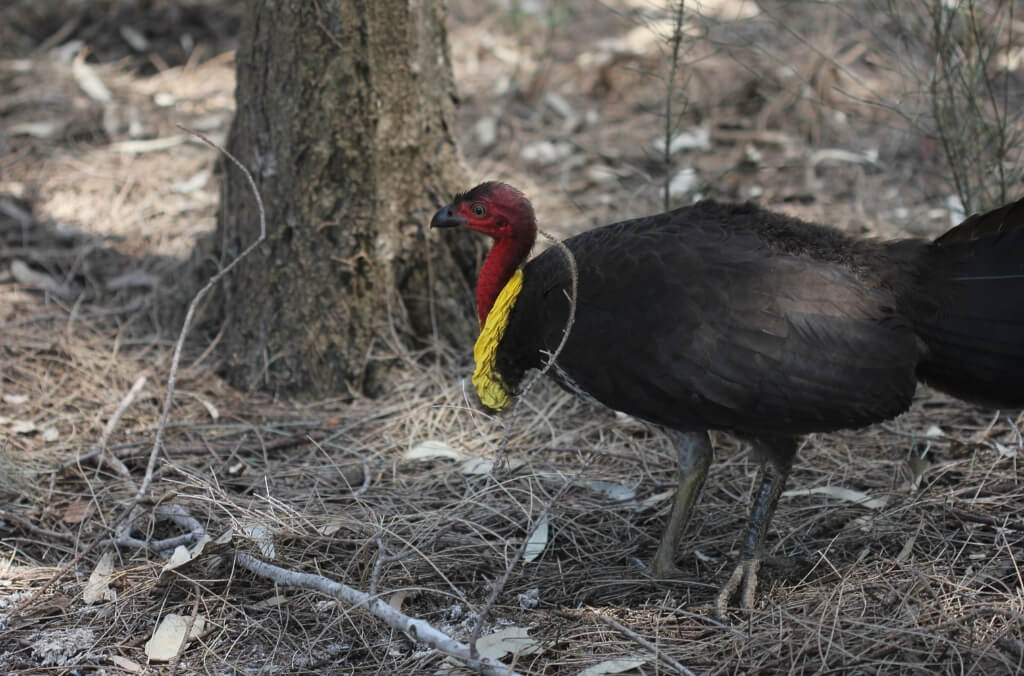
Fun fact: The wattle of the Australian Brush-turkey varies in colour with its age, gender and location.
Did you know: While males in the southern parts of its range have bright yellow wattles, males on the Cape York Peninsula in far north Queensland have light blue or bluish-purple wattles.
From Queensland’s Cape York Peninsula south to the Illawarra regions of New South Wales, this species creates mounds and compost, improves soil, spreads seed and reduces the fuel load available for bushfires.
Creating mounds
The Australian Brush-turkey is one of only three Australian birds that builds a nesting mound to incubate its eggs (the other two species are the Malleefowl and Orange-footed Scrub Fowl).
Males tenaciously rake up organic material to create large mounds, approximately 4m in diameter and 1m high, hoping to entice females to lay their eggs deep inside the pile between August to February each year.
If the mound is tended correctly, the decomposition of the organic material produces sufficient heat for incubation. The male diligently maintains a constant temperature of 33 - 38°C by digging holes in the mound and inserting his bill to check the heat, then adding and removing organic matter as required.
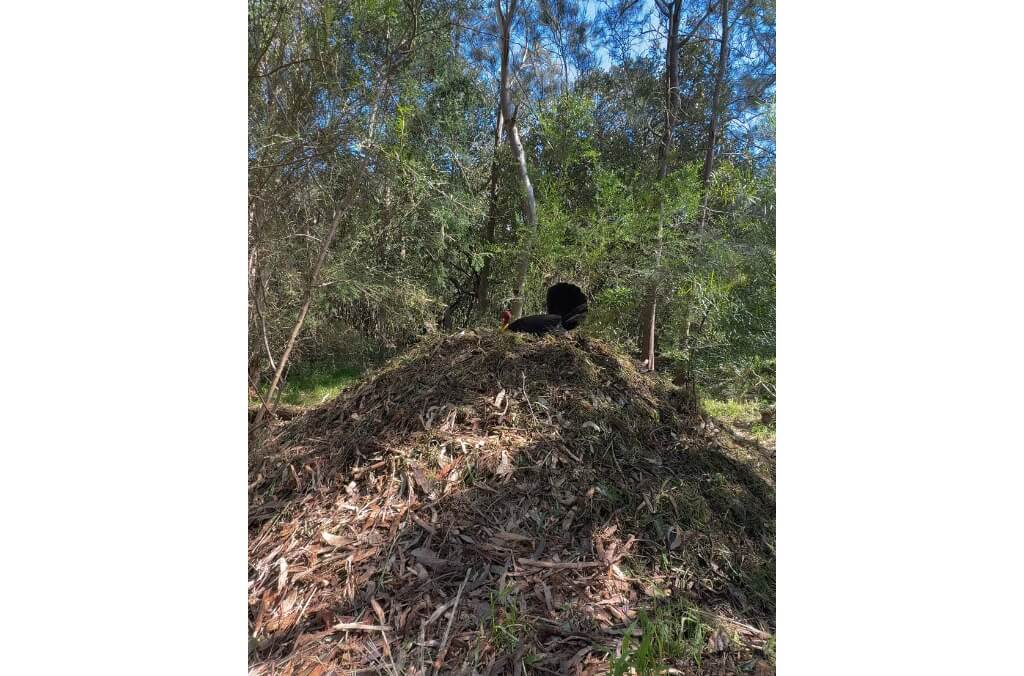
Fun fact: Studies reveal that temperature impacts the sex ratios of chicks, with slightly warmer temperatures producing more females than males.
Once a mound is established, it is very difficult to convince a male to relocate. Many people accept the presence of these unique birds in their backyards and enjoy a supply of high-quality compost from the mound after the breeding season is over (from March –July).
Improving soil and spreading seed
Australia Brush-turkeys feed on insects, seeds and fallen fruits, which are exposed when the bird rakes away leaf litter with their large feet. This species is the largest of Australia’s three megapodes (Family Megapodiidae) which literally means “large foot”.
This large footed mound creator aerates soil when foraging for food which allows better water, air and nutrient penetration and promotes deeper root growth for healthier plants!
The Australian Brush-turkey also spreads seed, allowing many native plants to reach new areas where they can germinate and grow, contributing to plant diversity. They spread seed through their droppings, consisting of undigested seeds and natural fertiliser.
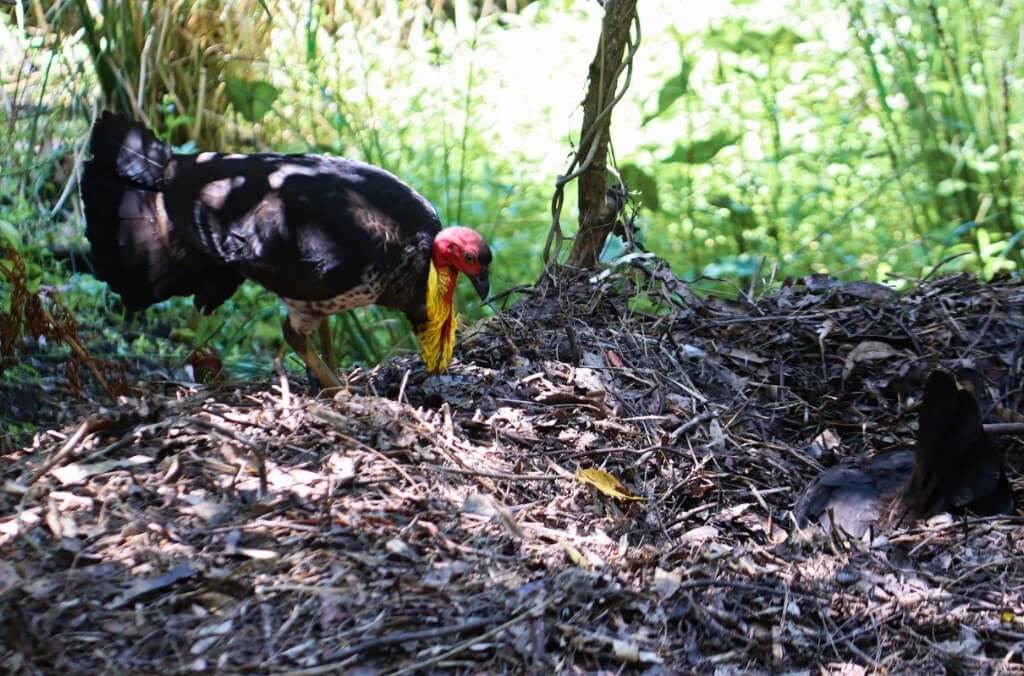
Did you know: Studies have found that leaf litter decomposes faster than the seasonal average when close to an Australian Brush-turkey mound, suggesting that mound building speeds up the rate of decomposition and the cycling of nutrients back into the soil.
Reducing fuel load
The ecosystem engineer with the most similar foraging style to the Australian Brush-turkey is the Superb Lyrebird, which similarly rakes through leaf litter.
Lyrebird foraging is known to greatly reduce leaf litter build up, with the flow-on effect of reducing the fuel load and thus spread and impact of bushfires.
Studies have shown that an average of 2L of leaf litter built up in plots where the Australian Brush-turkey was excluded, suggesting that this species also significantly reduces standing leaf litter.
Living with wildlife engineers
This rather large and colourful character of the Australian bush was nearly hunted to extinction in the early 20th century, having now made a comeback with all native species protected by federal legislation.
If you’re living alongside an Australian-brush Turkey or two in your neighbourhood, it’s good practice to embrace the urban wildlife you’re sharing the space with. You may not want to share the mulch in your backyard with this tenacious mound builder, but it’s wise to think twice before starting a feud with an Australian Brush-turkey engineer!
You might also be interested in...
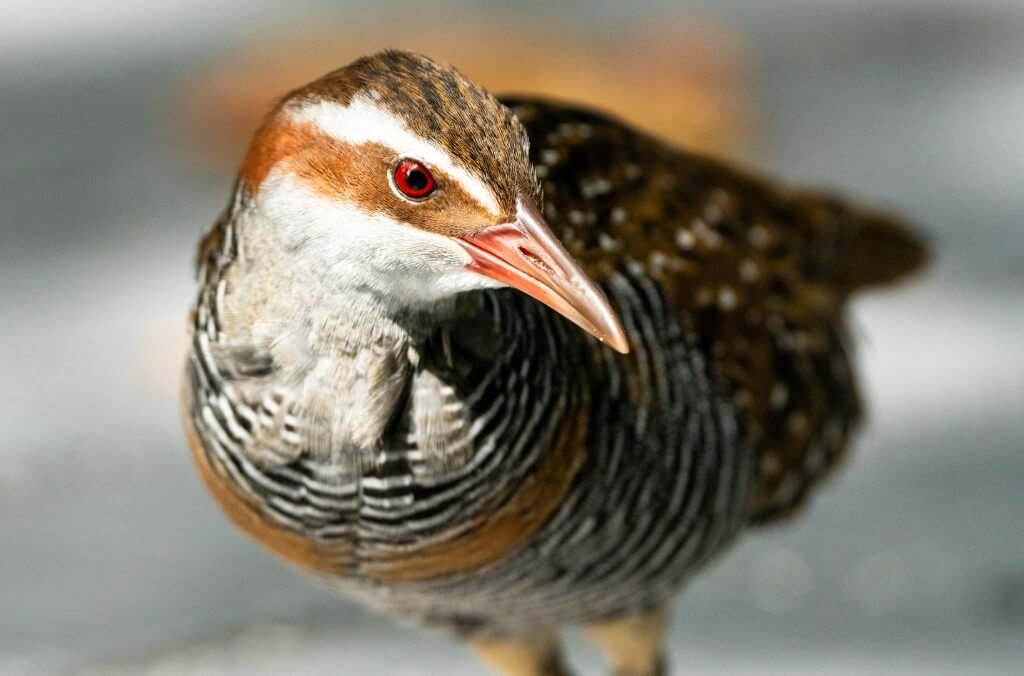
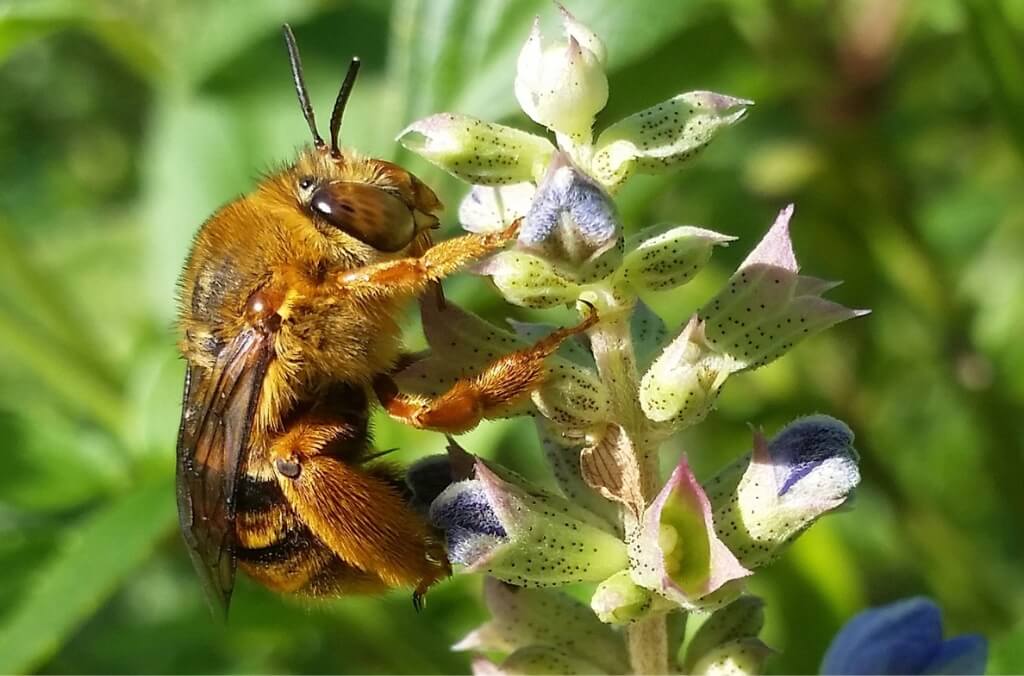

They say you sometimes need to fake it until you make it, but in nature, there are species that need to fake it to survive.
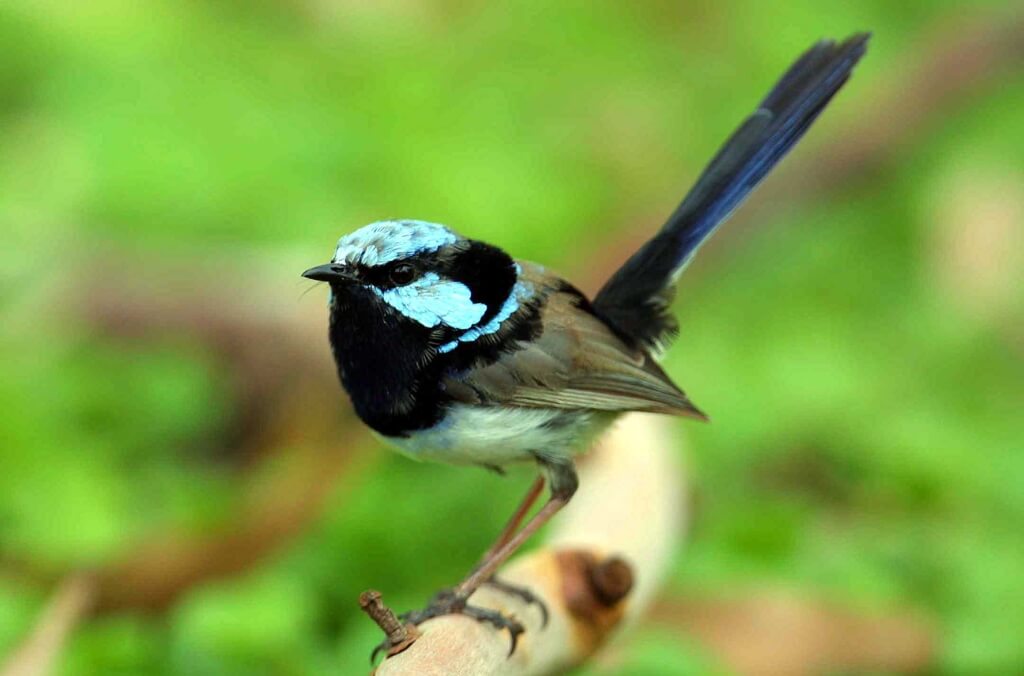

Whether it’s the warble of a Magpie, the laugh of a Kookaburra, or the screech of a Cockatoo...